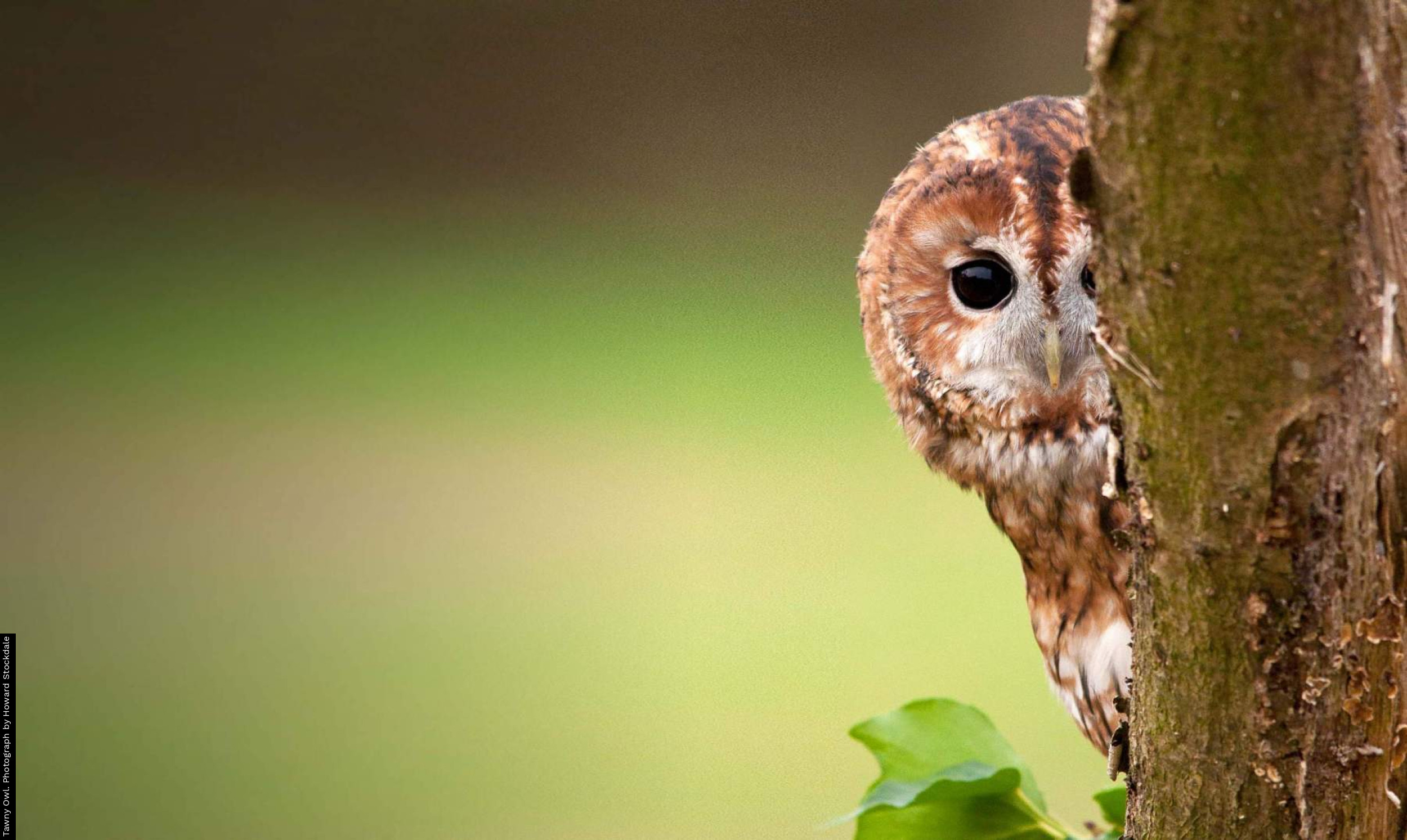Provisional results
Survey background and overview
We had a brilliant response to our 2018 Tawny Owl Point Survey (TOPS), with data submitted for over 2900 tetrads and we’ve already got some provisional results. Before looking at these it’s worth remembering how TOPS was different to a typical BTO survey. Most of our single-species surveys operate on the premise that each surveyor will find most of the birds in their designated site, and with relatively simple calculations we can estimate the total population size. Such an approach makes the assumption that sites without any detections are unoccupied. This is very unlikely to be true for Tawny Owls because they are hard to detect unless actively calling and even then, hard to count fully in an area, and so any survey treating non-detections as absences would likely underestimate the true number of owls. Playing recordings to elicit a response increases the chance of detecting owl presence in site-based studies but even playback does not guarantee a 100% response rate. Furthermore, owl response rates would depend on factors like playback volume which would be extremely difficult to standardise across a national survey involving thousands of volunteers (moreover, it wasn’t done in previous surveys and would make comparisons tricky).
Instead, TOPS and the previous owl surveys used multiple, short timed-counts in the certain knowledge that owls would sometimes be missed in occupied territories. Precisely because owls are detected on some surveys and not on others (even if they might be present) enables us to estimate the detectability of owls, and knowing this allows us to interpret visits where no owls were detected. If you make three visits to an occupied territory but only detect an owl on the third, it gives us an insight that owls may be detectable only 33% of the time. It may be frustrating in the field to fail to detect an owl you know is present, but be assured that the survey has been designed to deal with this and we use a well-established statistical technique called Occupancy-Detection Modelling to estimate both the detectability of owls and the average occupancy of tetrads. While a survey designed in this way can’t say with certainty which of the tetrads without any detections were occupied, it does a much better job at robustly estimating the percentage of tetrads occupied and how this has changed through time.
Survey results
So to the results. They are provisional and we still need to look at numbers of owls and differences between countries and habitats. Analyst Dario Massimino has found that the estimated percentage of squares occupied, which was around 63–64% in 1989 and 2005, appears to have dropped to 54%. Further work will refine these national figures, but it’s because of the efforts of thousands of volunteers consistently following a simple protocol, some finding owls, others being “zero heroes”, that means we will be able to produce high-quality trends for Tawny Owls in Britain.








Share this page